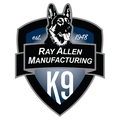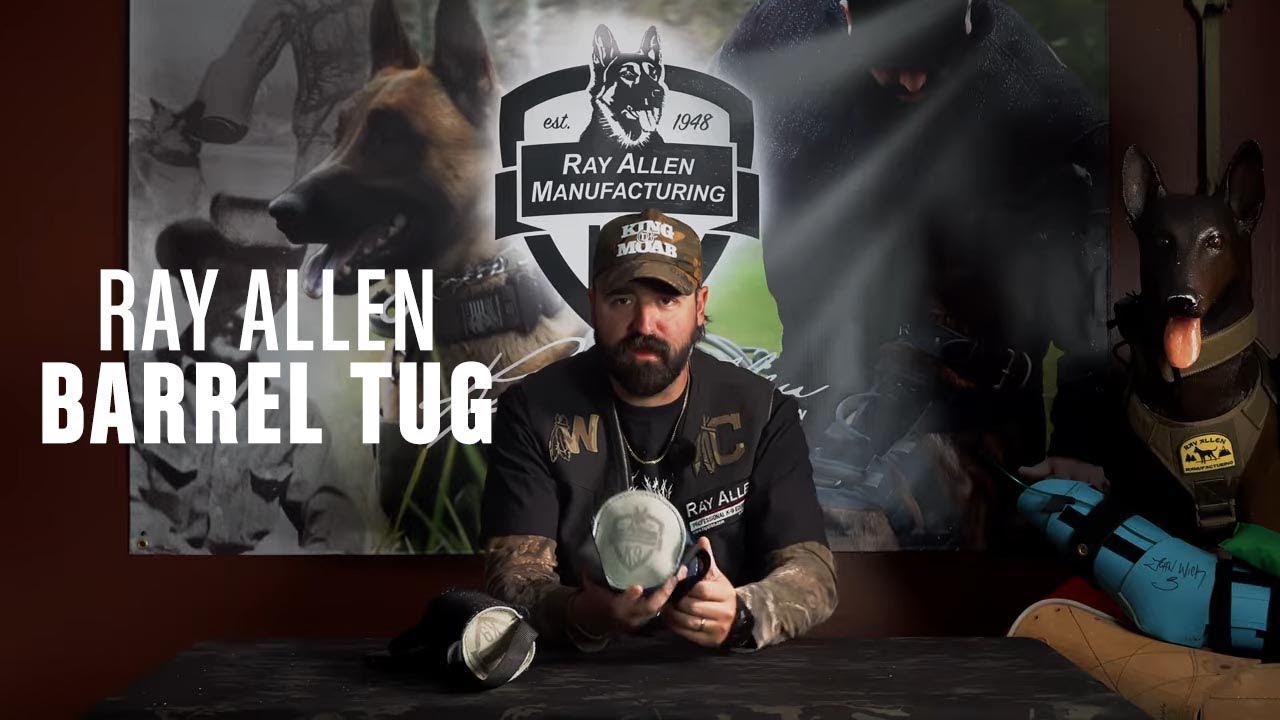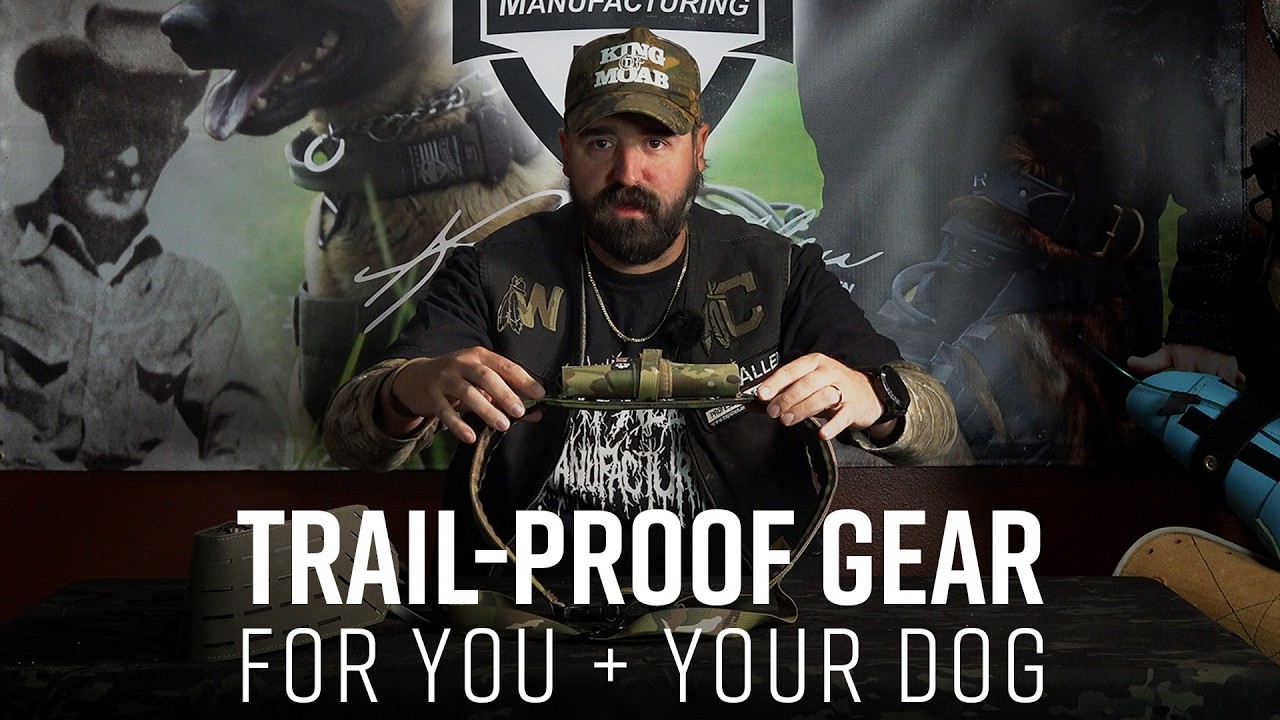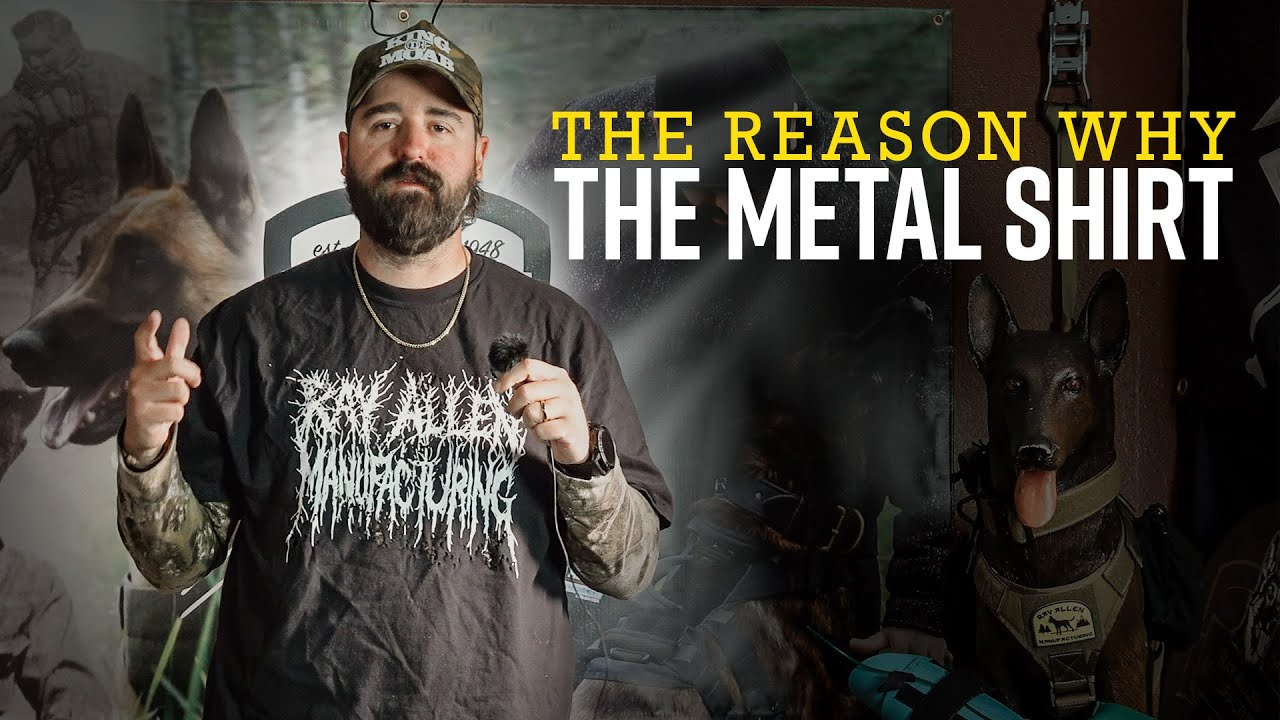Handle vs. No Handle: Choosing the Right Leash for Working Dogs
Jun 11th 2025
Next up in our Reason Why series is understanding why some leashes have handles and others don’t. When selecting equipment for K9 training and operations, one seemingly simple decision that can significantly impact training effectiveness and handler safety is whether to choose a leash with or without a handle. Understanding the tactical advantages of each option will help handlers make informed decisions based on their specific operational needs.
The Philosophy Behind Handle Design
Ben Rader of Rader K9 said it best: "If it doesn't have a handle, then you lead the dog. If it has a handle, then you handle the dog." This distinction captures the fundamental difference in training philosophy and application between these two leash styles.
Leashes Without Handles: Leading the Way
Non-handled leashes excel in scenarios where the dog takes the initiative while the handler follows. This design philosophy proves invaluable during:
- Tracking Operations: When conducting scent work or tracking exercises, handlers often need to allow their K9 partners significant freedom to work independently. A handleless leash reduces the risk of snagging on vegetation, debris, or obstacles that could interrupt the dog's concentration or compromise the track.
- Long-Line Work: Extended training sessions requiring substantial distance between handler and dog benefit from handleless designs. The streamlined profile eliminates potential catch points that could halt progress or create safety hazards.
- Biothane: Materials like biothane, known for their grip and durability, can become problematic when combined with handles in dense environments. The handle creates an additional surface area that can catch and grip unwanted objects.
Here are some popular leashes without handles:
Leather Protection Leash - No Handle
Handled Leashes: Control and Correction
Leashes with handles serve a different tactical purpose, providing handlers with enhanced control capabilities for:
- Active Training Sessions: When frequent corrections, commands, and directional input are required, handles offer superior grip and control precision.
- Urban Operations: In environments where quick response and immediate control are essential, handles provide the tactical advantage handlers need.
- Safety Considerations: Handles offer protection against rope burn or injury when dogs make sudden movements or encounter distractions.
Nearly all of our leashes have a handle version.
Tactical Applications and Safety Protocols
Professional handlers often employ a hybrid approach, utilizing carabiners attached to duty belts for hands-free operation while maintaining control. This technique proves particularly valuable during:
- Extended patrol operations
- Hiking or terrain navigation
- Situations requiring immediate weapon access
- Multi-task scenarios where hands-free operation is essential
The carabiner system also provides an auto-correction mechanism, allowing the leash to provide feedback to the dog without direct handler input, which can be valuable in training scenarios.
Making the Right Choice for Your Operations
The decision between handled and handleless leashes ultimately depends on:
- Primary Use Case: Tracking and detection work favors handleless designs, while obedience and protection training benefits from handled options.
- Environmental Factors: Dense vegetation and obstacle-rich environments may require handleless configurations to prevent snagging.
- Handler Preference: Individual comfort and operational style play crucial roles in equipment effectiveness.
- Safety Requirements: Consider the potential for sudden movements, distractions, and the need for immediate control.
Professional Recommendations
For working dog handlers, versatility is key. Many professionals maintain both handled and handleless leashes in their equipment inventory, selecting the appropriate tool based on the specific mission requirements. This approach ensures optimal performance across various operational scenarios while maintaining the highest safety standards.
The choice between handled and handleless leashes reflects deeper training philosophies and operational requirements. By understanding these principles, handlers can make informed decisions that enhance both safety and operational effectiveness in their K9 partnerships.





